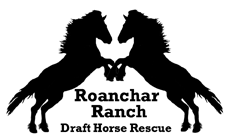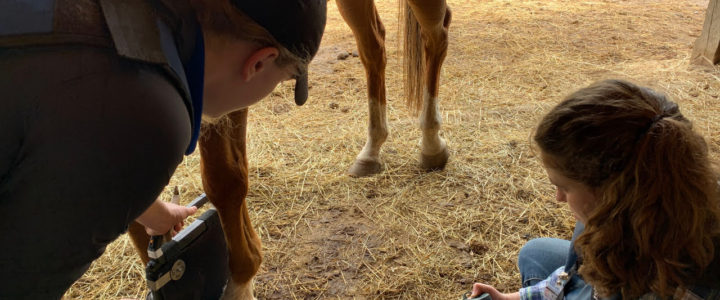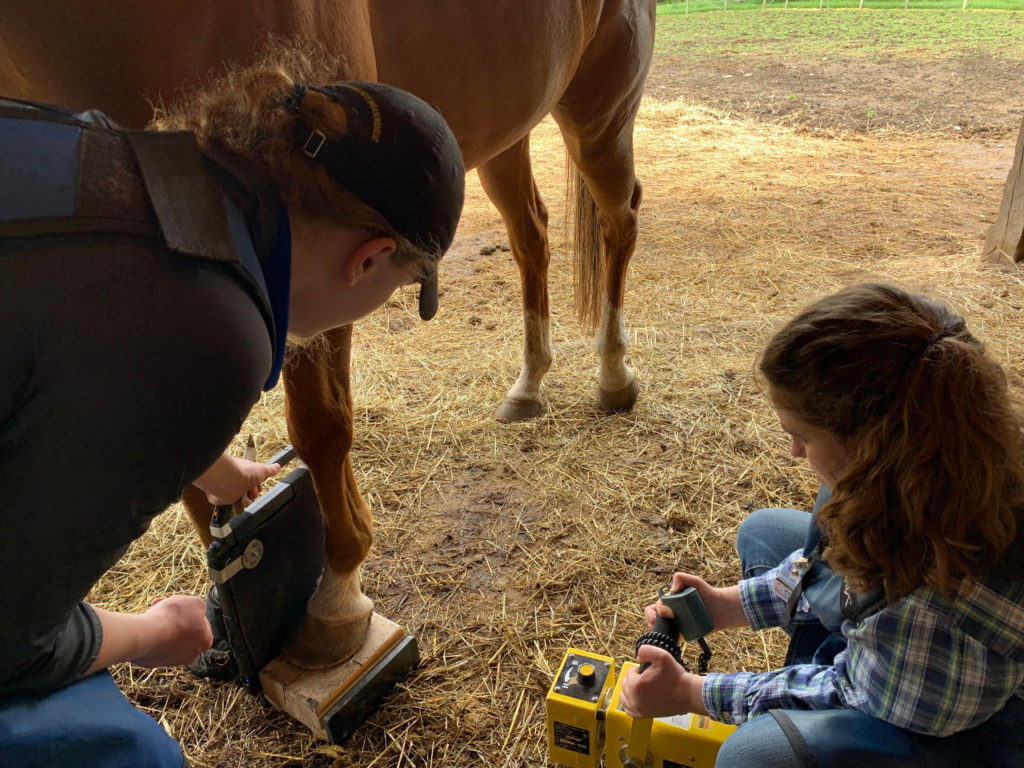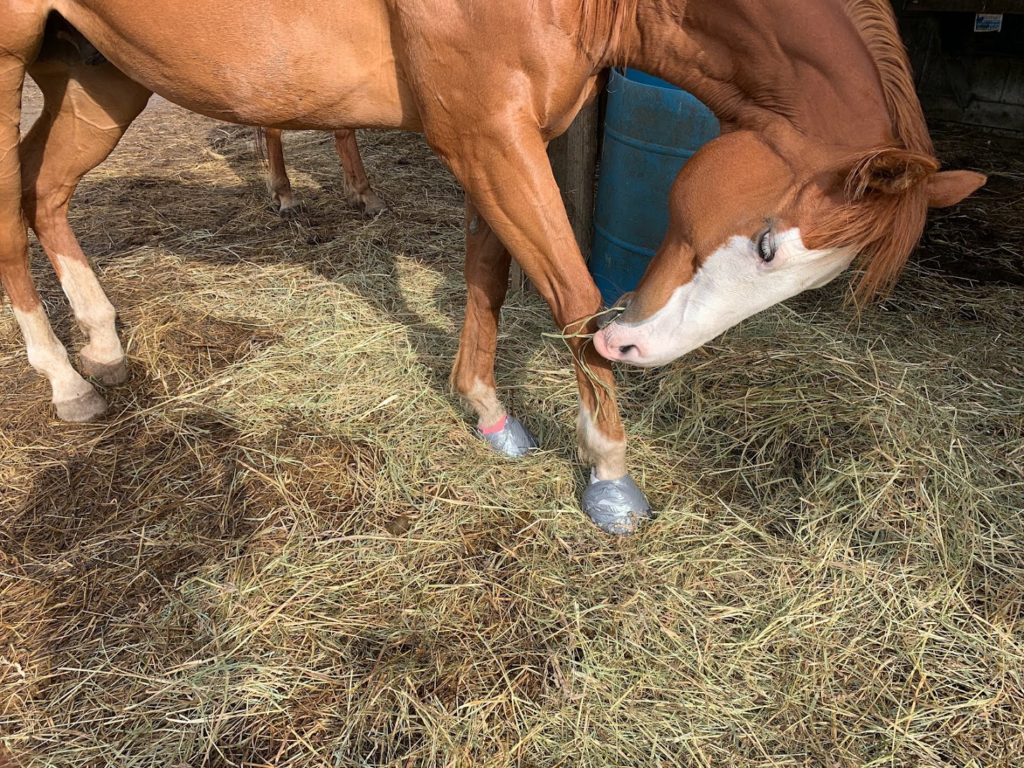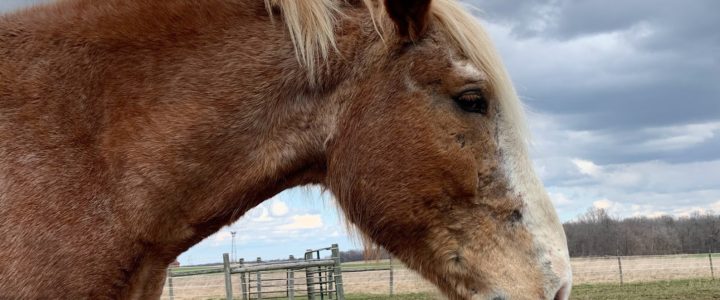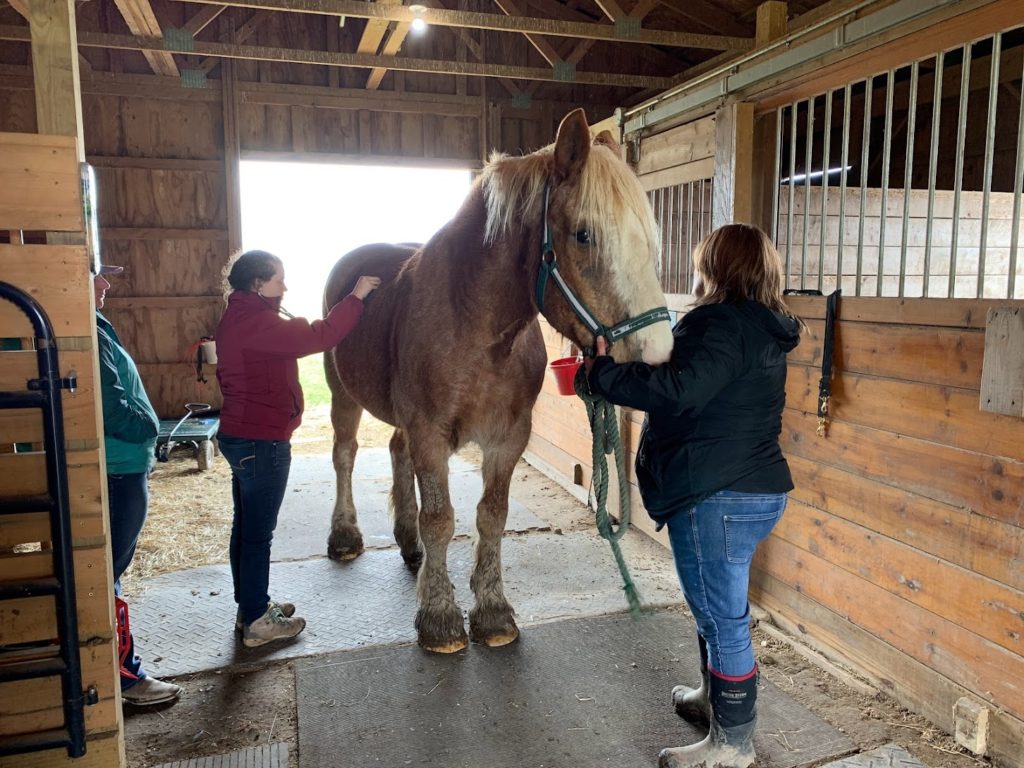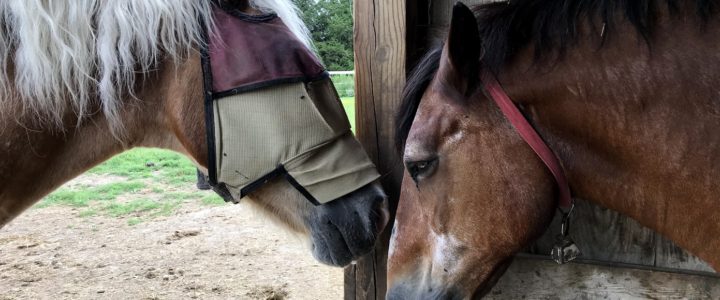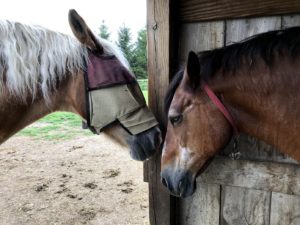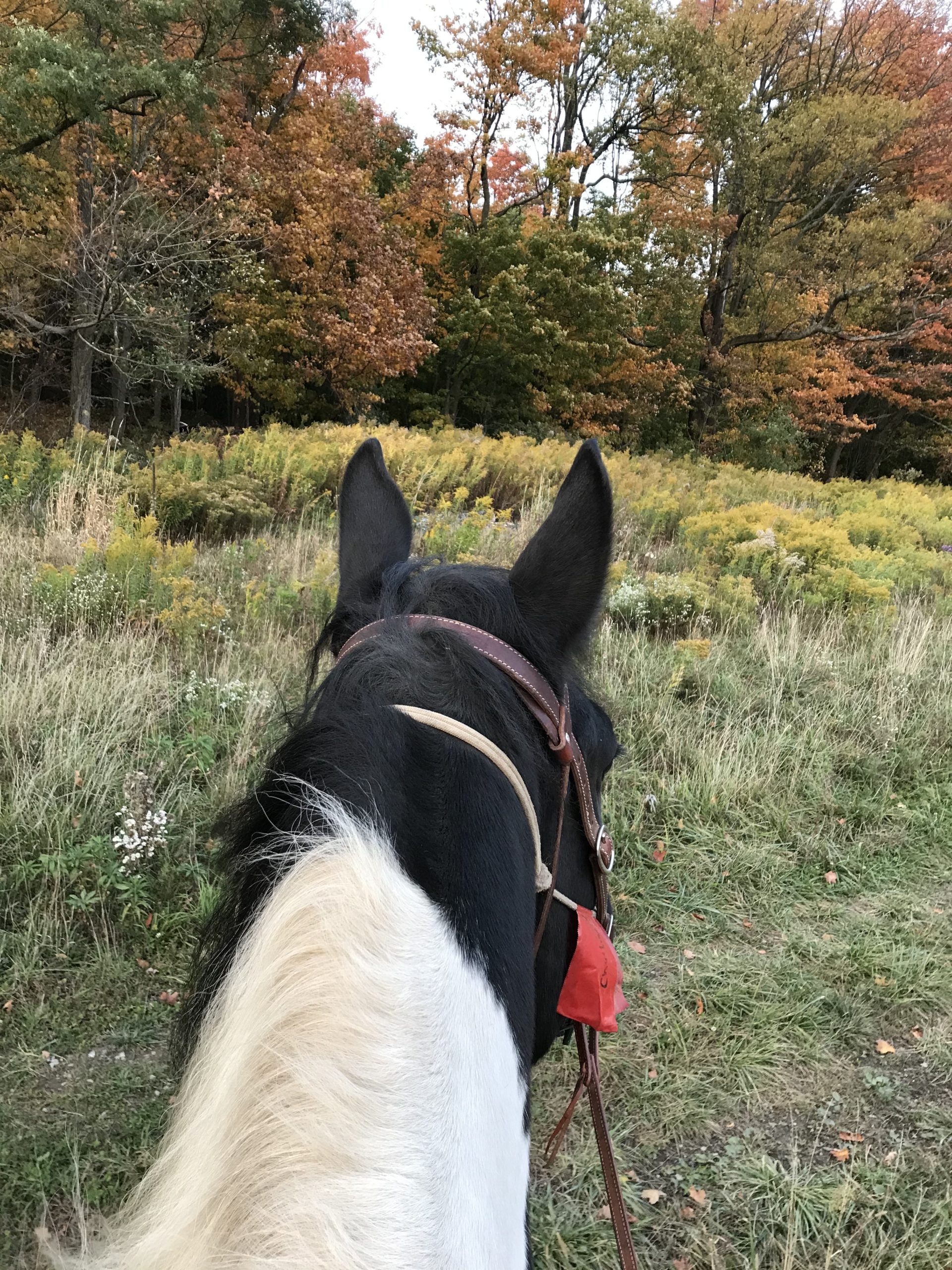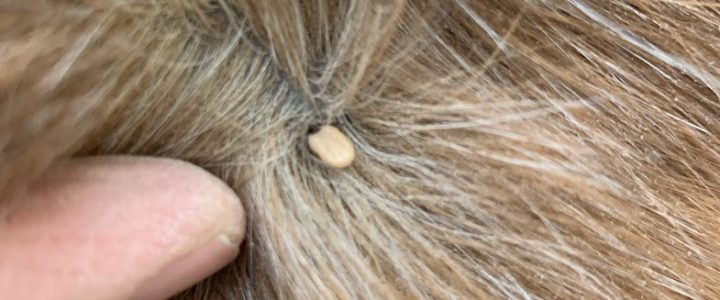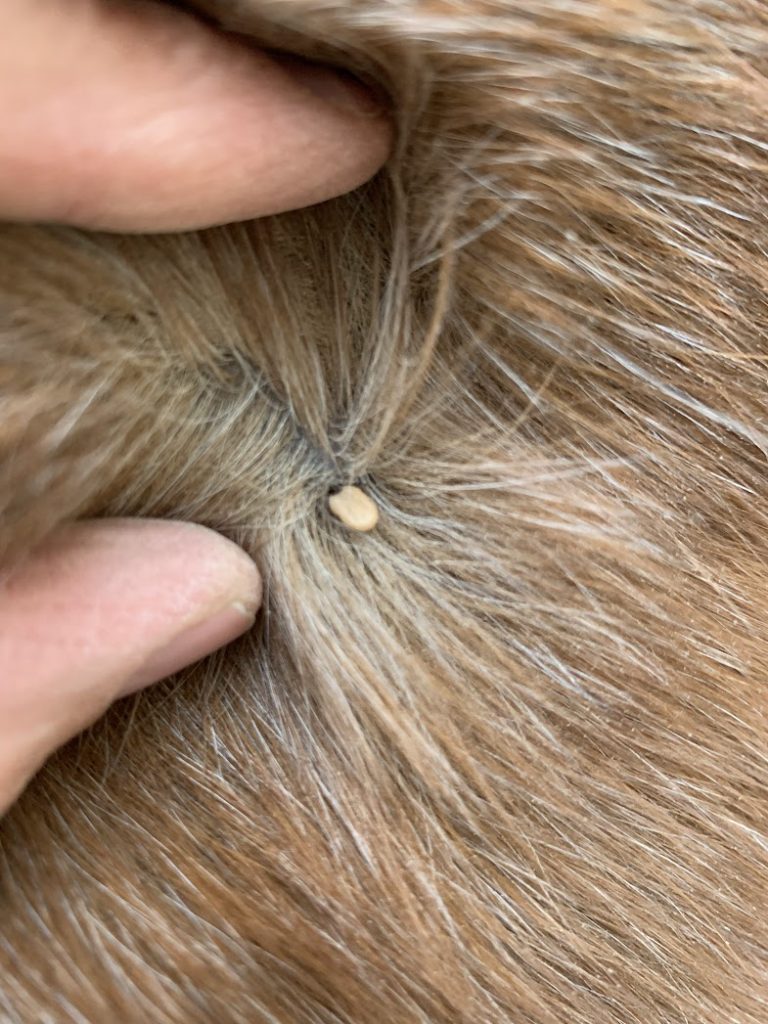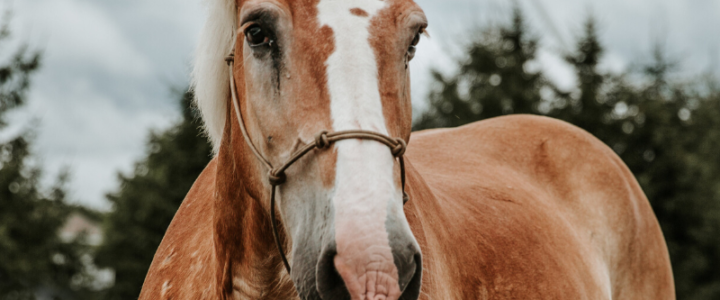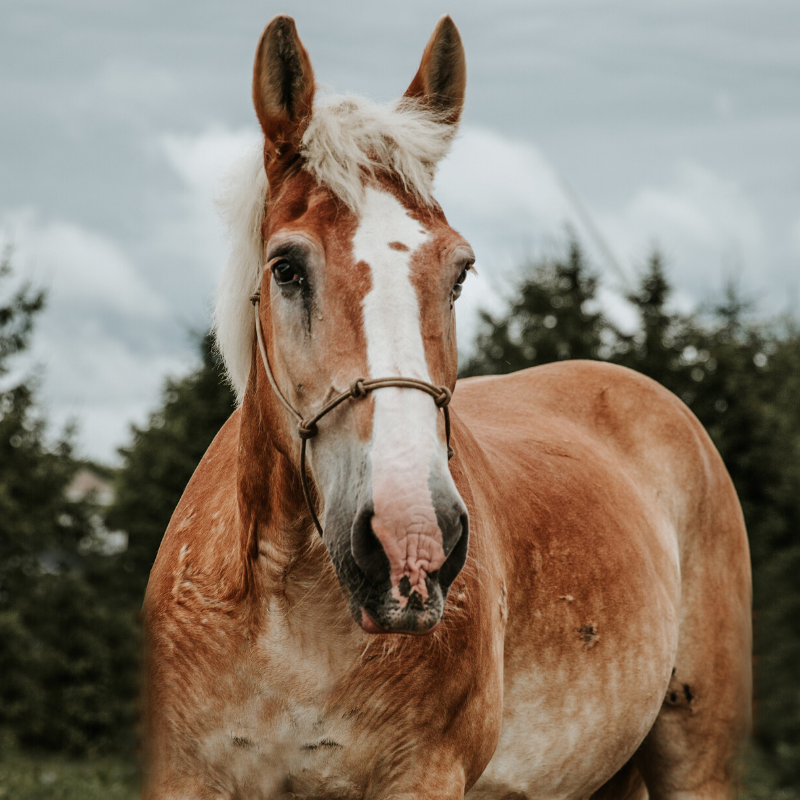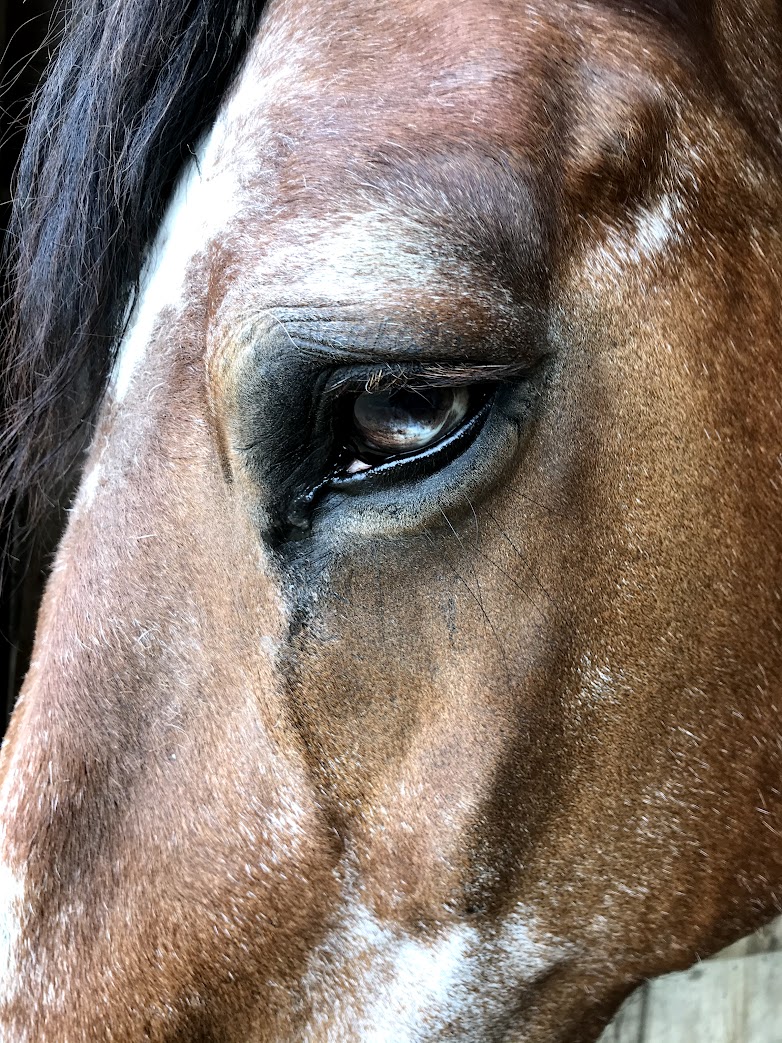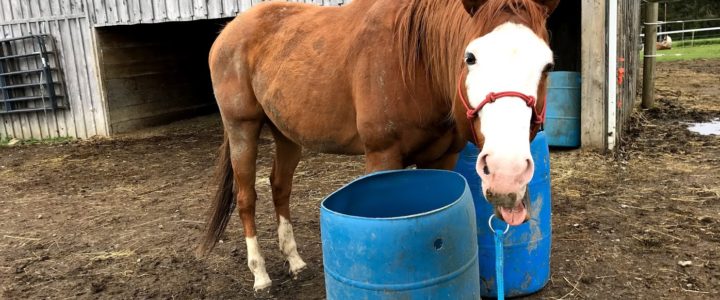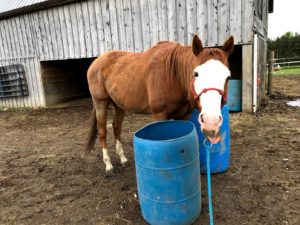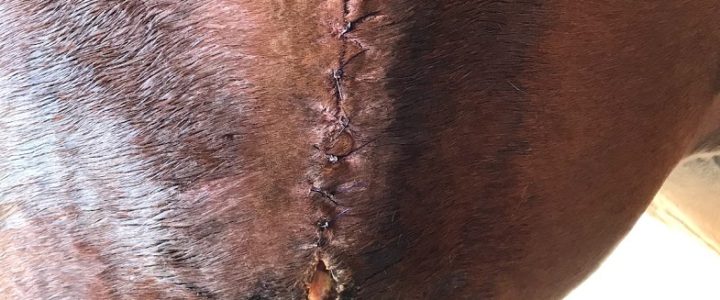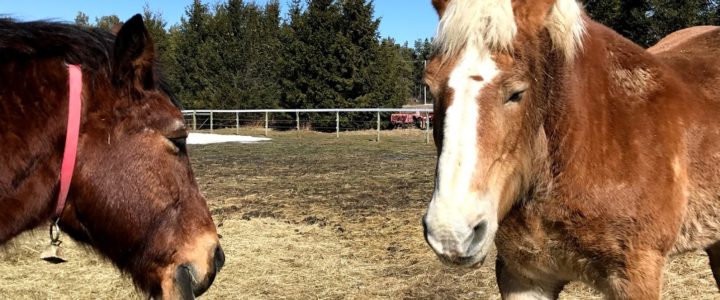From the moment that Louie arrived, his hooves have been painful. He has very thin souls and hardly any heal. What that means is that Louie has very little cushioning when he walks. We have tried using boots to make him more comfortable, but Louie kicks them off.
This Spring, Louie started noticeably limping. First, on his left front and then, on his right front. He could barely walk and was so painful that he was laying down, which is totally out of character for him. We knew that he needed help.
Fortunately, Louie had an appointment with Dr. Lauren from Henderson Equine clinic already scheduled for his Spring vaccines. Dr. Lauren was able to diagnose Louie with abscesses in both feet, She was concerned with the location of abscess on his left hoof because it was directly under the frog and looked unusual.
Dr. Lauren took x-rays to see the severity of the abscess. She found that Louie not only had one abscess in his left hoof, but two. Dr. Lauren devised a treatment plan of soaking and wrapping his hooves. We went to work.
In true Louie fashion, he has taken his treatments like a champ. He patiently stands while his hooves are soaked and allows us to wrap them without much fuss.
Immediately we started seeing results. He started walking much better and was back to going on adventures. We will continue to keep an eye on him to make sure that he is comfortable and happy.
Don’t miss out on the latest news from the ranch! Sign up for our monthly newsletter today.
